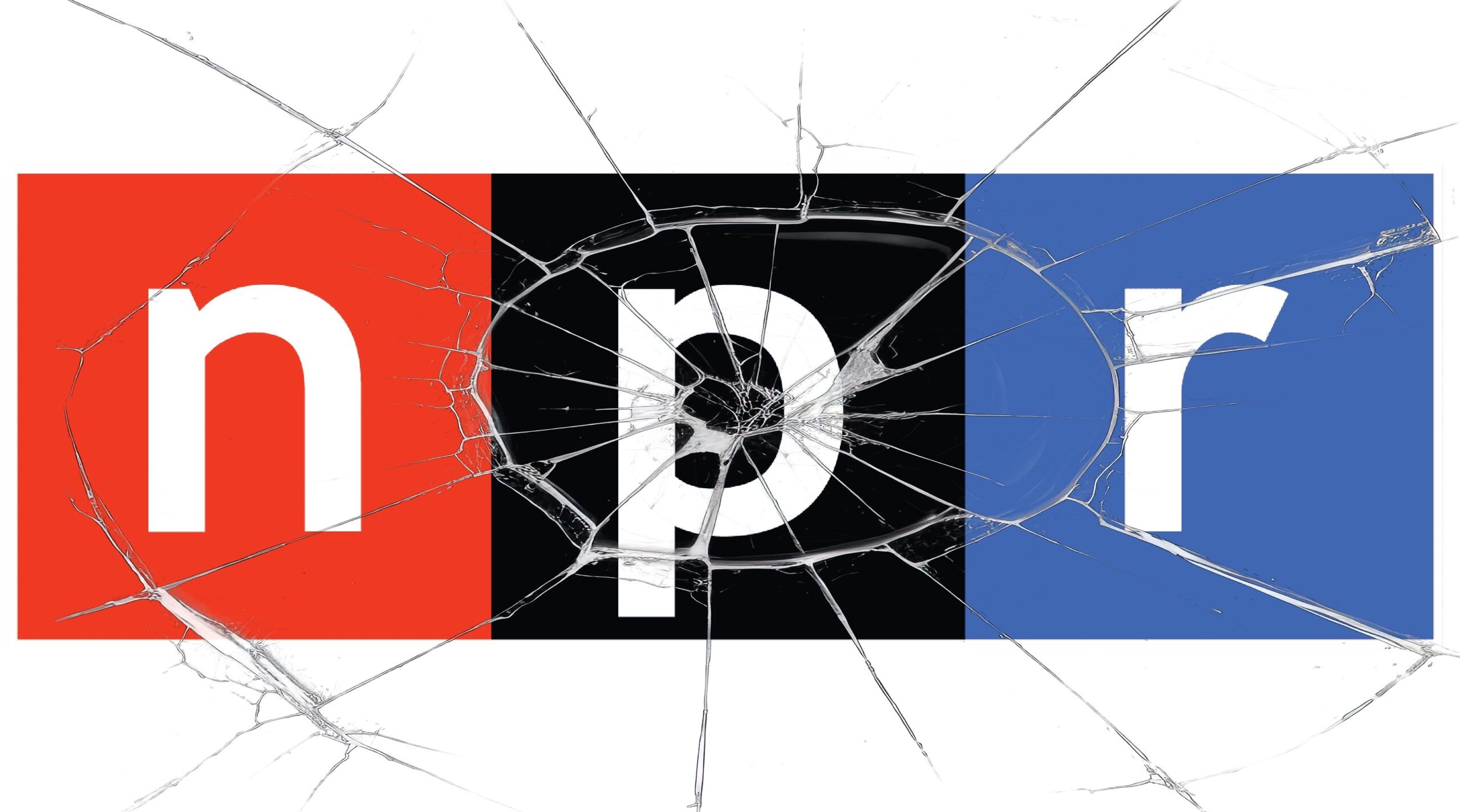Your property taxes pay for government workers’ guaranteed salaries, benefits and pensions while you get no such guarantees – Wirepoints on with Jeff Daly of WZUS Decatur Radio

Ted joined Jeff Daly to discuss why Illinois’ property taxes are such a national outlier, why Illinoisans are forced to pay the high, guaranteed salaries, benefits and pensions of the government class, why Illinoisans aren’t getting their money’s worth for what they pay, the teachers unions’ influence over elections, and more.

 A set of state lawmakers want to extend CPS’ current school closing moratorium to February 1, 2027 – the same year CPS is set to transition to a fully-elected school board. That means schools like Manley High School, with capacity for more than 1,000 students but enrollment of just 78, can’t be closed for anther three years. The school spends $45,000 per student, but just 2.4% of students read at grade level.
A set of state lawmakers want to extend CPS’ current school closing moratorium to February 1, 2027 – the same year CPS is set to transition to a fully-elected school board. That means schools like Manley High School, with capacity for more than 1,000 students but enrollment of just 78, can’t be closed for anther three years. The school spends $45,000 per student, but just 2.4% of students read at grade level. Hopefully, all media will get the message, in Illinois, too.
Hopefully, all media will get the message, in Illinois, too. Ted joined Tom Miller of WJPF to talk about Illinois’ highest-in-the-nation property taxes, why lawmakers don’t want to touch the tax’s cost drivers, just how much Illinoisans’ tax burden has grown over the decades, why Gov. Pritzker failed to meet his promise to reform property taxes, and more.
Ted joined Tom Miller of WJPF to talk about Illinois’ highest-in-the-nation property taxes, why lawmakers don’t want to touch the tax’s cost drivers, just how much Illinoisans’ tax burden has grown over the decades, why Gov. Pritzker failed to meet his promise to reform property taxes, and more.
“Chicago is currently adhering to a non-actuarial ramp with set payments laid out in statute through 2020 when an actuarial contribution then hits for police and firefighters and through 2022 when it hits for municipal and laborers.”
That’s the result of the General Assembly overriding Governor Rauner’s veto of SB 777, creating PA 99-0506 effective May 30, 2016.
PA 099-0506 is what is responsible for my leaving Chicago. In one of the city’s bond offerings they laid out what the contribution amounts will be under an actuarially required contribution, and the numbers are staggeringly bad. Too bad everyone looked at me like I was crazy, because now those that failed to heed my advice are complaining about property taxes. And you ain’t seen nothing yet.
PA 99-0506 changed employer contributions to the Chicago Police and Chicago Fire pension funds.
Employer contributions to the Chicago Laborers (LABF) and Chicago Municipal (MEABF) changed when the General Assembly overrode Governor Rauner’s veto of SB 42 on July 6, 2017, resulting in PA 100-0023.
http://www.civicfed.org/civic-federation/blog/chicago-municipal-and-laborers-pension-funding-changes-approved-part-state
The required employer contributions to the five state pension funds (TRS, SURS, SERS, JRS, GARS) during the 15 year ramp period (Edgar Ramp) of the 50 year funding schedule in Public Act 88-0593 were also non-actuarial. In Illinois pension vernacular, required employer contributions to pension funds described as ramps and holidays are non-actuarial. Illinois state law mandated many such non-actuarial employer contributions to many pension funds over the decades. In such instances the state law intentionally ignored actuarial recommendations. Yet for decades rather than emphasizing that fact, employers, politicians, and the press often would proclaim the required employer contribution was… Read more »
And according to some (not WirePoints) the Illinois State Constitution protects the Ponzi Scheme, which in turn is protected by the US Constitution.
Full pension contributions less than actuarial required, the Illinois Pension Ponzi Scheme, and state and Federal constitutional law, politics, and the media from the Land of Lincoln.
So much intrigue.
Will the US Constitution protect Squeezy the Pension Python.